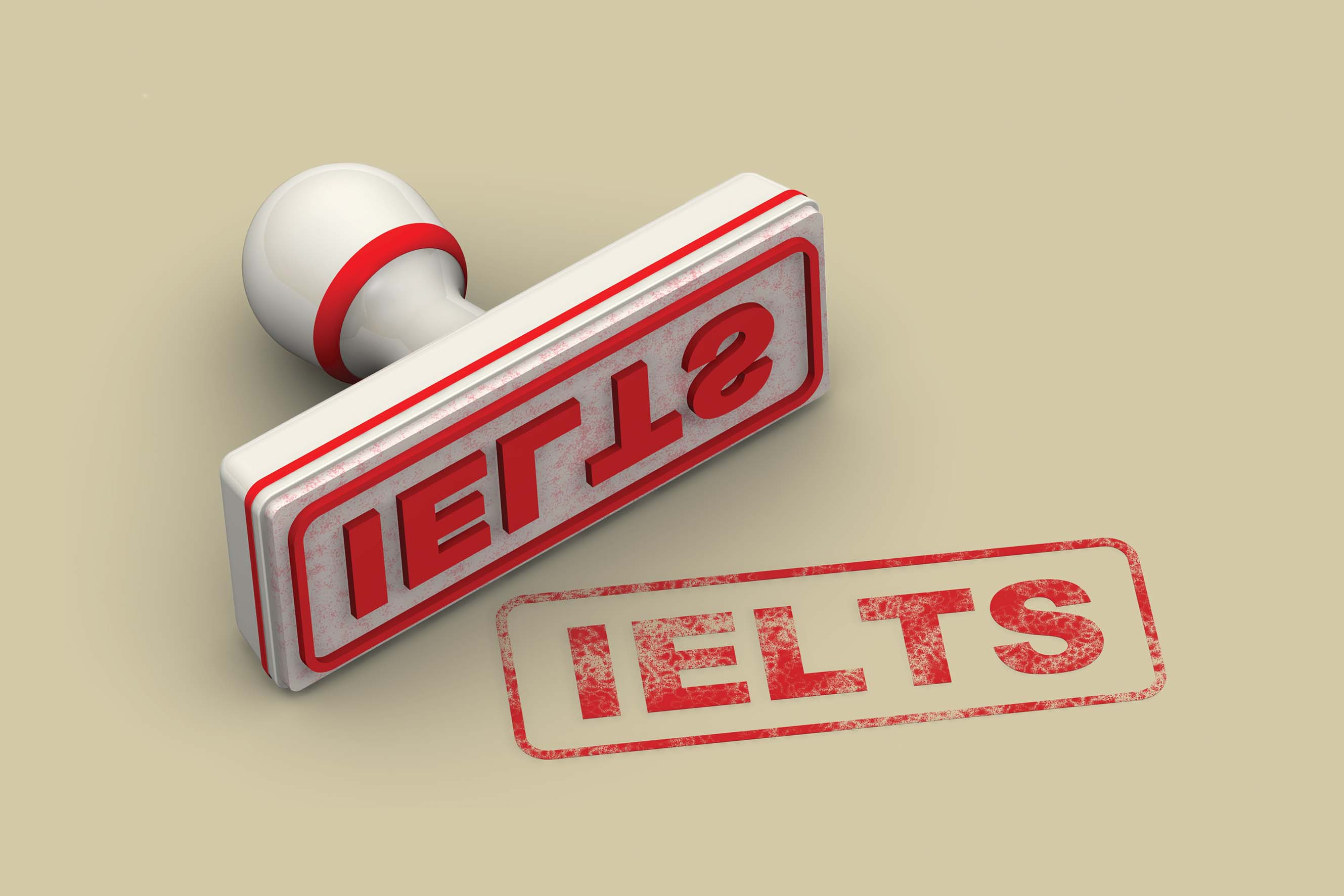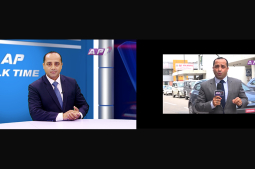Rapper Killer Mike taken away from Grammy Awards in handcuffs
2 months ago

Many, many people think that the reading section is the hardest part of the IELTS exam. Yes, they feel that it’s even more difficult than the speaking, writing and listening sections! It’s true that you have to work very fast and that reading requires a lot of concentration. Yes, you need to keep yourself very focused to find the right answers to many questions. But there are things you can do to get better at reading. Before you steal the tips, let’s have a look at the big picture.
1. Use time to your advantage
Fill in the answer sheet as you go. In the exam room, you’re going to receive two things: (1) a booklet with all the questions and (2) an answer sheet. The answer sheet is the most important document because all your answers must be recorded in it. If you only write your answers in the booklet, your answers won’t be taken into account and scored.
Many test-takers waste a lot of time by writing the answers in the booklet first and then transferring them to the answer sheet. And quite a lot of test-takers find out that they don’t have enough time at the end to transfer all of their answers onto the answer sheet. Imagine what a waste it would be to have all the answers but no time to write them down where it really matters!
So, what we advise you to do is to fill in the answer sheet as you go, not at the end. Have the booklet in front of you so you can read the texts and questions comfortably, and also keep the answer sheet somewhere handy so you can write all the answers down as you progress with the test.
2. Read the task carefully
Whenever you start doing a task, make sure you read the instructions and the examples carefully.
Most tasks look the same, so you’ll recognize them at first sight after doing some practice tests. However, there are some details you need to pay special attention to. Here is what you should pay attention to in three of the most common task types:
True/false/not given: If you select “true,” then the whole sentence must be true. There are a few tricky questions in which not all of the details are true. Some may be true while others are false. In these cases, the answer will be “false.”
Matching tasks: Don’t cross out the options you’ve already used. This may seem like a fast way of doing the task but it can lead to mistakes. Instead, reconsider all the options for each question. This way you’ll have the opportunity to correct your own mistakes by seeing if each word option is a better fit for another question.
Gap filling tasks: Make sure you don’t go over the word limit for each gap.
3. Get better at scanning
Scanning is a reading method that allows you to find information faster. When scanning, you no longer read everything word for word. You just move your eyes across the text smoothly in a wavelike motion. You don’t stop to read details and you don’t waste time with unnecessary information. This is a great method for understanding the main ideas of a text and for finding the information you’ll want to read in more detail.
When you really want to understand a text, you’ll want to understand what each paragraph says. Each paragraph has a main idea and that idea is expressed in the topic sentence. You don’t have time to read all the details and that’s okay because most of them aren’t needed to answer the questions correctly. What you really need to understand each paragraph is the information in the topic sentence.
4. Be cool with vocabulary
Don’t panic if you come across unknown words.
Even native speakers don’t understand every single word in every text they read and that’s okay because all those words don’t matter most of the time. Remember that this isn’t a vocabulary test!
You aren’t allowed to use dictionaries in the exam but this shouldn’t be a problem at all. You’d be wasting a lot of time in the exam by looking up every word you don’t know. So, you should forget about using them while practicing reading at home as well. When you’re practicing reading anything or taking a IELTS practice test, do not use a dictionary. Make yourself complete all your reading practice first. Then, once you have completed the activity, you can return to the text and look something up afterward. You should be training yourself to read faster and understand overall ideas in the texts. You can understand the meaning of a sentence or paragraph even if you don’t know every single word!
5. Improve your reading speed
There’s only one way to do this and there’s no hiding from it: the more you read, the better and faster you get at reading. You should be doing practice tests to work on reading texts and questions. Even in your spare time when you’re relaxing and reading fun texts, like novels and comic books, try reading a bit faster every time. You may even want to time yourself to check if you’re making progress with your reading speed.
You may already have your favorite reading sources, but it’s a good idea to read texts and articles that are more like the IELTS texts in terms of length and complexity. Check out some scientific or economic and political articles which are also great for staying in touch with the news.
Source: fluentu.com

- by Republica

- by Republica

- by Republica

Leave A Comment